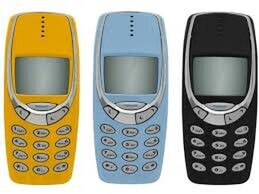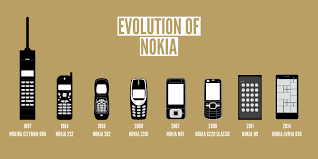My first phone was a bright yellow Nokia brick. I was 18. It was prepaid, and $20 would last about a month. Texts costing 20c a pop, calls 40c a minute, and absolutely no thought of internet connectivity. My battery would last about a week even if I did play a few games of Snake or Tetris. 15 years ago it was an extremely useful commodity but clearly not used as nonchalantly as it is today.
A phone like this would have been on my phone providers 2G network.
Fast forward to today and most people have phones that run on the 3G or 4G network, designed to take a greater level of phone traffic and connect to the internet. Most people and phone companies have upgraded customers past the 2G network. Primarily used for text and calls only these phones are arguably easier to use, provide less distraction and possess a longer battery life. Needless to say a few have chosen to stay with their old 2G phone.
Spark phased out their 2G network a few years ago, and 2Degrees plan to cut their 2G availability this coming Thursday. Leaving only Vodaphone providing a network with 2G capabilities.
To know if you are on 2G, check the top of your phone next to the phone’s signal bar indicator. If you see a 2G, Edge, E or GPRS, then its likely you have a 2G phone. If you see a 3G, H+, 4G or LTE, then you have 3G or 4G compatible device. You can also check the 2Degrees website if you are not sure.




